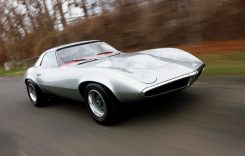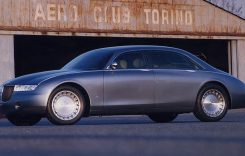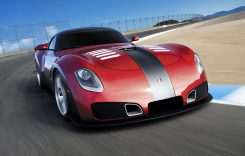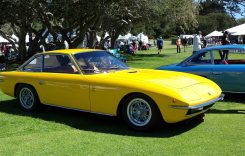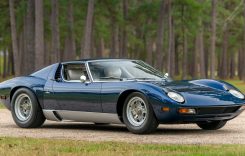It was in the 1960s that there seemed to be an unusually rapid advancement of how cars were designed. Leading this movement was Lamborghini as its 350 and 400 GT models featured technologies that its rivals were far from even matching.
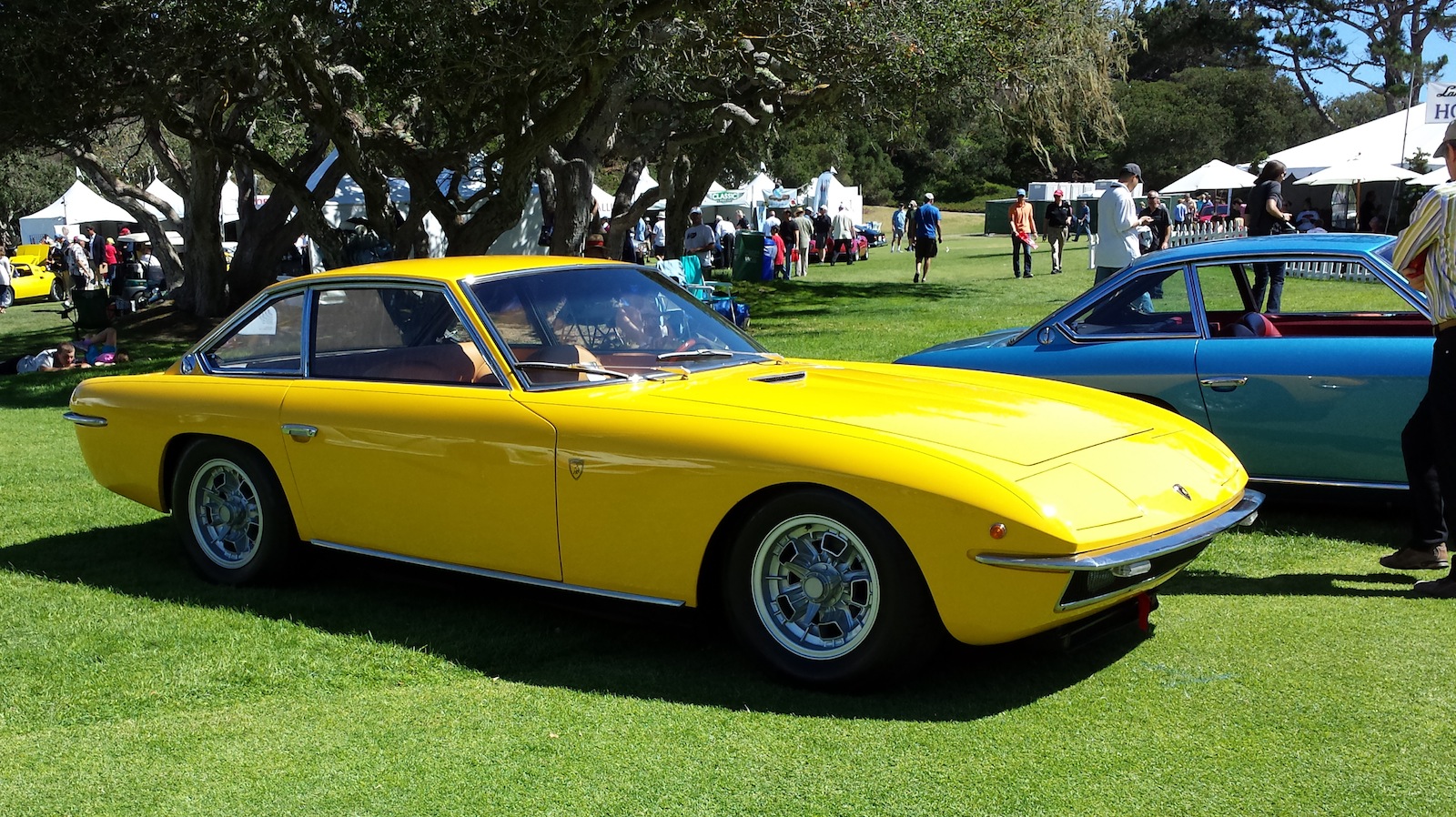
But the famed automaker replaced its Touring vehicles with two extremely sophisticated models in March 1968 at the Turin Salon. On that fateful day, the brand introduced the Espada designed by Bertone and the Islero by Mario Marazzi.
At that point, Marazzi wasn’t as famous yet. His team consisted mostly of former Touring employees who he took on under his wing after the prominent coachbuilder from Milan folded up.
The Espada quickly gained fame as a raging success but Marazzi’s design got mixed reviews. Lamborghini faced controversy as several commentators in the industry doubted if it practised good judgement in trusting Marazzi, who loved sharp and unassuming lines on his cars.
But Ferruccio Lamborghini defended his choice, saying that he himself gave the direction for this new model and so he believes that the Islero exemplifies his vision for the marque, more than any other model.
The Islero featured a square-tubed chassis, similar to what the 400 GT 2+2 used. However, it got subtle changes such as a wider front track, modified front suspension and thicker anti-roll bars.
The 3929cc capacity of the Bizzarrini-designed 60° V12 was maintained as its bore and stroke of 82 x 62mm, respectively, had not been revised in any way. Performance output had a slight increase, adding 5hp to produce 325bhp at 7000rpm due to an improved compression ratio from 9.5:1 to 10.5:1.
Lamborghini didn’t modify the carburettors and still used the six twin-choke sidedraught Weber 40 DCOE’s. As a result, the vehicle can reach a maximum speed of 154mph while accelerating from zero to 60 took 6.4 seconds.
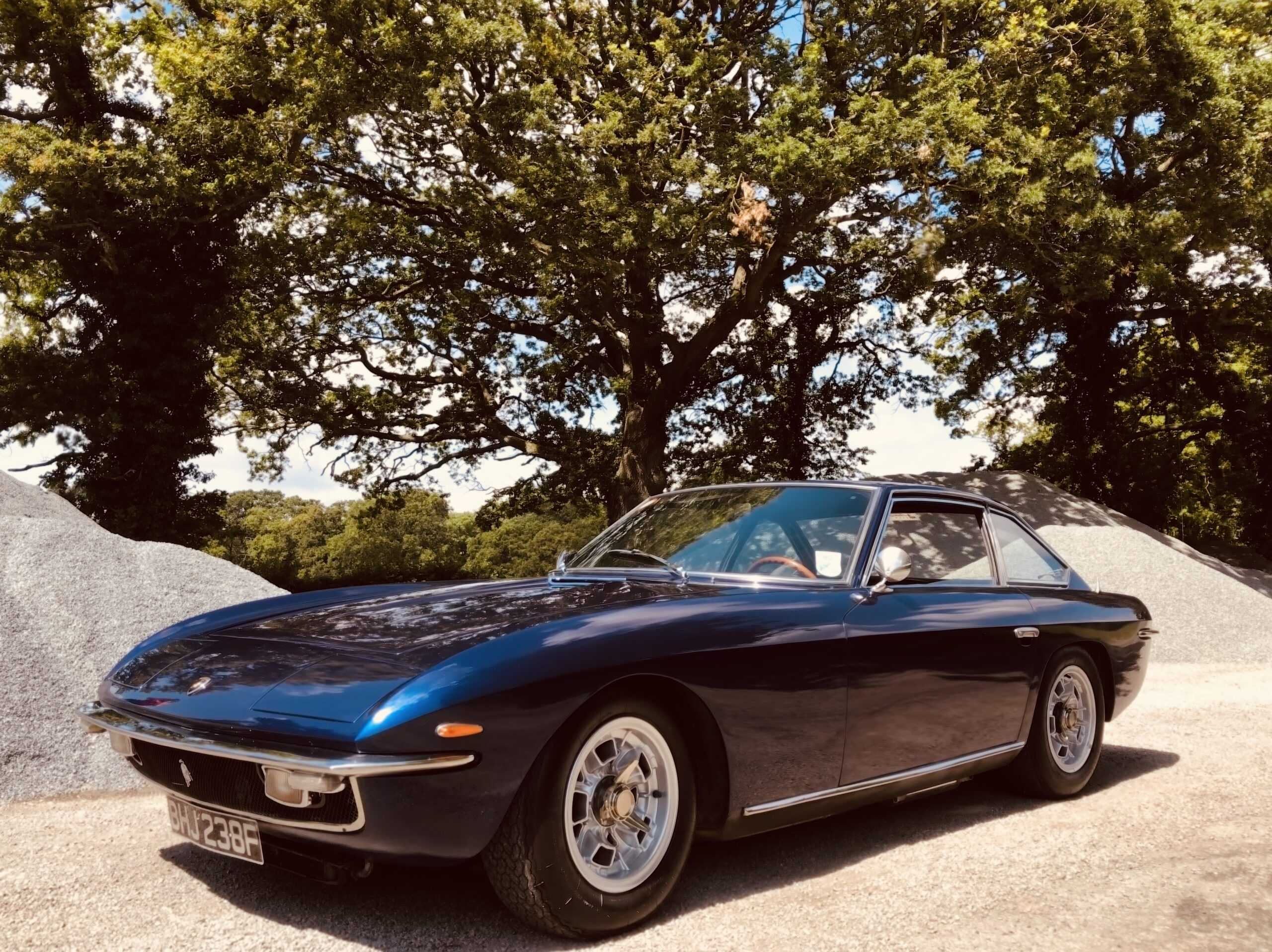
Marazzi’s crisp bodywork was totally different from any of Touring’s previous designs. Marazzi did the work from his small firm in Milan. His 2+2 had perfect proportions and it used retractable headlights.
It actually resembled what Vignale was later able to create on the Maserati Indy. Marazzi’s model featured sharp creases throughout the body, with the tail getting bumpers that were oddly positioned on the top of the light clusters.
The Islero prototype had stock Borrani wire wheels but these were replaced with the cast magnesium Campagnolo’s that appeared on the production Miuras. You would hear historians comment that the Islero doesn’t have the cache of the more outlandish Miura and Espada (which were Bertone creations).
But take note that the Islero was never meant to be an alternative to any of these two. In fact, the Islero was built for the respectable gentlemen who didn’t go for the flashy cars because of the unwanted attention.
The interior’s design was totally different and it came with a new centre console and dash. It also featured a new wood-rimmed steering wheel. But its cabin received criticism because of its poor build quality.
There was one report about an Englishman who had the cabin of his Islero totally retrimmed because he was so used to Aston Martin’s top quality cabin. The Islero was launched in March 1968 at the Geneva Salon, alongside the Espada and the new and improved Miura S.
That’s clearly one of the reasons why it was largely unnoticed. Of course, another factor would be its inefficient quality control. Touring models have stood the test of time and are considered among the best built cars throughout history and the Islero model just paled in comparison.
Production stopped in the summer of 1969. A 350bhp Islero S was put in as its replacement. At that juncture, a total of 125 units were made, with each unit being completed in less than a week.
